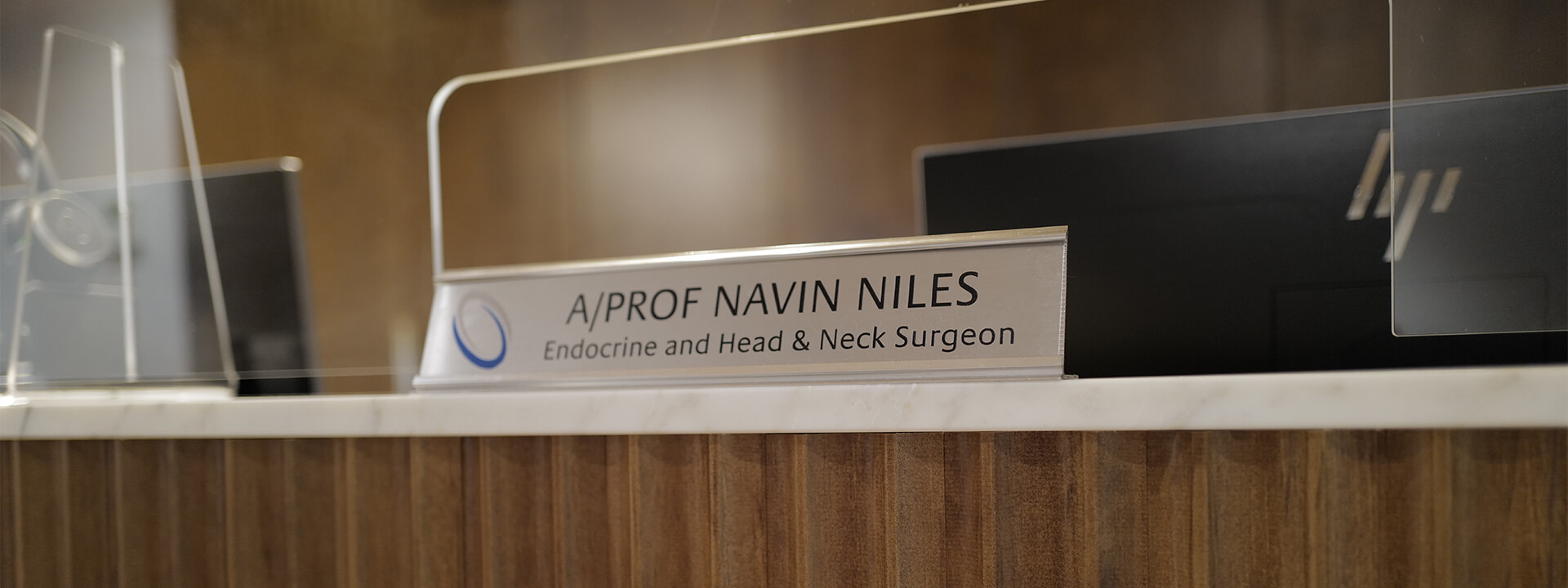What Is a Multidisciplinary Meeting?
How Team-Based Care Improves Patient Outcomes
Modern healthcare is complex. Many conditions—especially cancers, endocrine diseases, and major surgical problems—require input from more than one type of specialist. No single doctor, no matter how experienced, can offer every perspective needed for the safest, most effective care.
This is where Multidisciplinary Meetings (MDMs) come in.
What Is a Multidisciplinary Meeting?
A Multidisciplinary Meeting (MDM) is a structured gathering where specialists from different medical disciplines come together to discuss a patient’s diagnosis and treatment plan. These meetings ensure that every patient benefits from collective expertise, evidence-based recommendations, and shared decision-making.
Who Attends an MDM?
• Surgeons (e.g., endocrine, general, colorectal, breast)
• Physicians (e.g., endocrinologists, oncologists, radiologists)
• Radiologists
• Pathologists
• Nurses / Cancer Care Coordinators
• Allied health professionals
• Administrative and data staff
What Happens During an MDM?
1. Case Presentation
2. Review of Imaging
3. Review of Pathology
4. Discussion of Management Options
5. Formulation of a Consensus Plan
6. Documentation
Why Are Multidisciplinary Meetings Important?
• Better Clinical Outcomes
• Comprehensive Care
• Standardised, Evidence-Based Treatment
• Reduced Variation in Care
• Patient-Centred Decision Making
Do Patients Attend the MDM?
Usually, no. MDMs are clinical meetings designed to review medical details. After the meeting, the treating doctor discusses the outcome with the patient.
In Summary
An MDM ensures that patients with complex conditions receive coordinated, thoughtful, and evidence-based care by bringing together multiple experts to review cases and form unified treatment recomm
